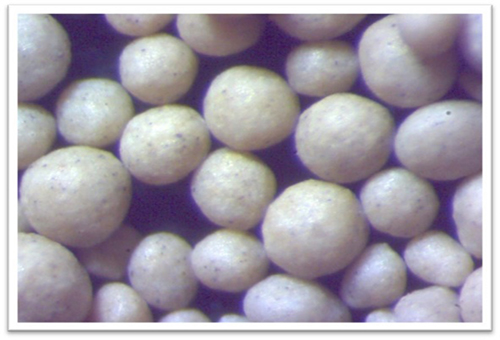Achieving Smooth 3D Prints Without Sanding Tips and Techniques
The advent of 3D printing technology has revolutionized the way we create objects, from prototypes to functional pieces. However, one of the common challenges faced by makers is achieving a smooth finish on 3D-printed items. Traditionally, sanding has been a go-to method for smoothing surfaces, but it can be time-consuming and may not always yield the desired results. Fortunately, there are several techniques and practices you can adopt to achieve smooth 3D prints without the need for sanding.
1. Choose the Right Printing Technology
The type of 3D printing technology you choose can significantly influence the surface finish of your prints. Fused Deposition Modeling (FDM), for instance, often leaves layer lines that require sanding. On the other hand, methods like Stereolithography (SLA) and Digital Light Processing (DLP) provide much smoother finishes straight off the printer. If your project allows, consider using these technologies for a higher-quality output.
2. Optimize Your Print Settings
Carefully adjusting your print settings can lead to considerable improvements in the smoothness of your prints. Key parameters to consider include
- Layer Height Lowering the layer height reduces the visibility of layer lines. While this increases printing time, the resulting finish is often worth it. - Print Speed Slower print speeds can lead to better adhesion between layers, minimizing irregularities and improving overall smoothness.
- Extrusion Temperature Finding the optimal temperature for your filament can reduce stringing and imperfections. Conducting test prints to find the best temperature for your material can yield smooth results.
3. Use High-Quality Filaments
smooth 3d prints without sanding

The choice of filament can greatly affect the final appearance of your print. High-quality, well-manufactured filaments tend to extrude more smoothly and consistently, leading to better surface finishes. Materials like PETG or nylon can offer excellent finishes compared to standard PLA or ABS. Additionally, specialty filaments designed for smoother layers are increasingly available in the market.
4. Employ Post-Processing Techniques
While traditional sanding might be off the table, there are various post-processing techniques that can enhance smoothness without physical abrasion
- Chemical Smoothing For materials like ABS, acetone vapor smoothing can effectively reduce layer lines. This process involves exposing the print to acetone fumes, which slightly melt the outer layer, resulting in a glossy finish. However, safety precautions should be taken as acetone is a hazardous substance.
- Heat Gun A heat gun can be used to gently melt the outermost layer of the print, smoothing out imperfections. This method requires a steady hand to avoid overheating and damaging the print.
5. Experiment with Design Considerations
Sometimes, design changes can help in achieving smooth prints. Curves and organic shapes often hide layer lines better than flat surfaces. Moreover, designing thicker features can allow for a manual finishing touch without the need for sanding.
Conclusion
Achieving smooth 3D prints without sanding is entirely feasible with the right strategies. By selecting appropriate printing technologies, optimizing print settings, using high-quality materials, and employing innovative post-processing methods, you can significantly enhance the surface finish of your prints. As 3D printing technology continues to evolve, so too do the techniques available for achieving polished results. Whether for professional projects or personal passion, these practices will help ensure that your 3D printed creations look as good as they perform, ultimately elevating your printing experience to new heights.
Post time:ডিসে. . 20, 2024 02:20
Next:resin sanding
